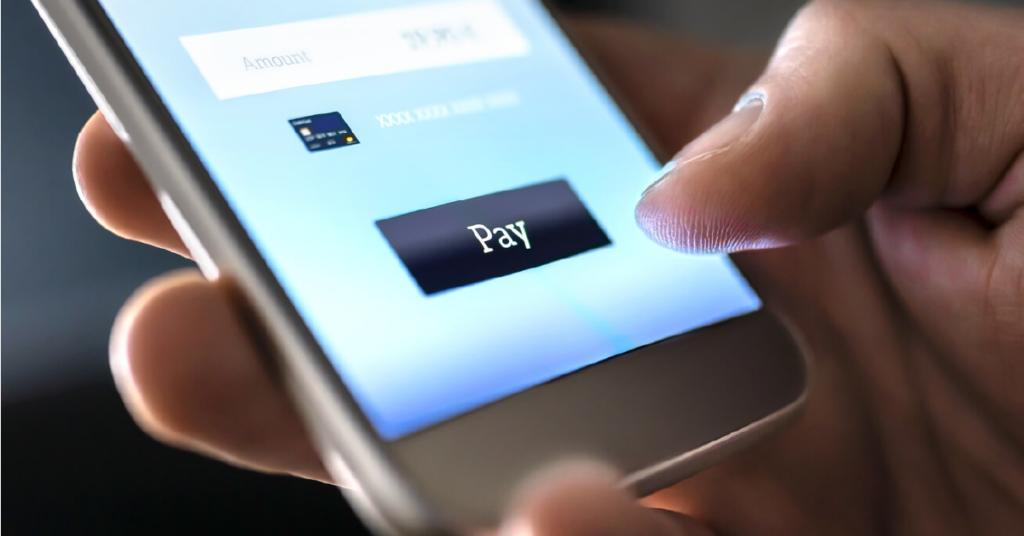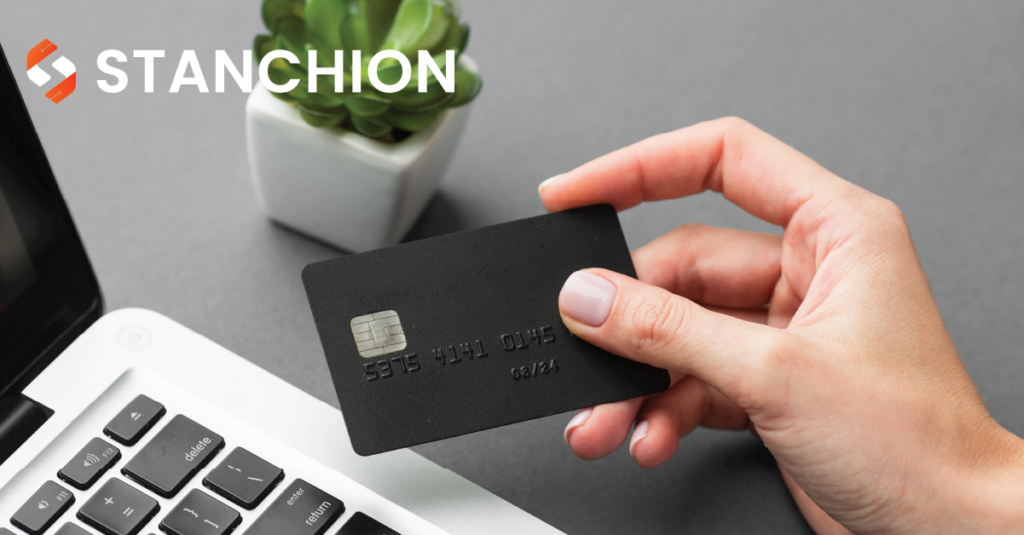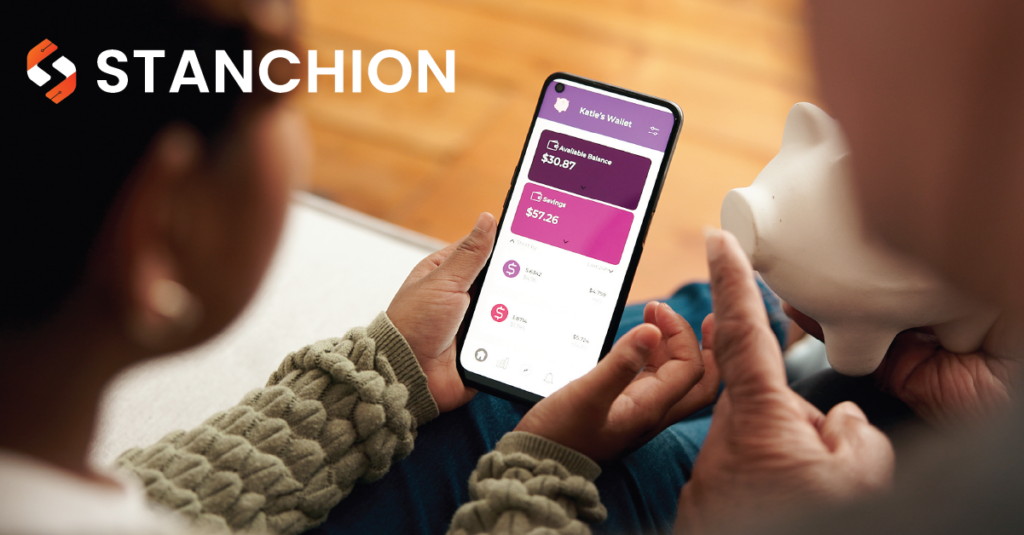
Today’s consumers are smartphone-obsessed – and the more time they spend on their devices, the more these devices impact their behaviour and the way they consume. These devices are now so much more than just a means for communication, they have become a tool to simplify and enhance every aspect of consumers’ lives, particularly the way they handle their money and make payments.
To retain and gain customers, banks and financial institutions need to ensure that they are keeping up with the pace of change and that they provide their customers with seamless digital experiences. One way they can do this is by leveraging digital wallets to improve customers’ journey and meet their demand for frictionless, cashless and cardless payment options. The growth in cashless payments has been rapid and shows no sign of slowing down: PwC and Strategy forecast that between 2020 and 2025 global cashless payment volumes will increase by more than 80% from 1 trillion transactions to almost 1.9 trillion and almost triple that by 2030.
Digital wallets are secure digital versions of physical wallets that allow customers to store their card information or stored value accounts and make purchases using their mobile devices via an app. Some digital wallets, like WeChat and Alipay, work in a closed loop environment. This means that users can store value in their digital wallets, and then use those funds to make purchases within the app’s ecosystem. Both WeChat and Alipay are now completely integrated into consumers’ lives in China, with almost every smartphone installed with these payment e-wallets. WeChat and Alipay use QR codes to access the funds stored in a user’s digital wallet. Users can simply scan a QR code displayed by the merchant in store or online and enter the payment amount to complete the transaction. Behind the scenes, the payment is processed using the funds in the user’s stored value account. This process can be transparent to merchants since they get paid as normal by the acquiring institution. Apple Pay also allows stored value accounts in the US, which can be used to make payments at participating merchants.
For issuers, open digital wallets like Apple Pay and Google Pay offer a way to integrate their card management into a token service provider (TSP). This allows banks to offer their customers a secure and convenient payment option, without the need for a physical card. By integrating their card management into a TSP, banks can also offer enhanced security features such as tokenisation, which replaces sensitive card information with a unique token, reducing the risk of fraud.
Banks should ensure their card-product offering includes digital wallets as they provide a seamless and convenient payment experience for users, which can increase customer satisfaction and loyalty. Additionally, by offering a digital wallet, banks can stay competitive in a rapidly evolving payment landscape and appeal to younger, tech-savvy customers who prefer to make payments using their mobile devices.
While the initial uptake of digital wallets has been slower in the United States and Europe, their use, particularly across Asia and Africa, has transformed the banking and payments experience for consumers.
Mobile wallets benefit all players in the payments arena – consumers, merchants and issuers. For customers, digital wallets offer an easy, convenient and secure way to make purchases. Customers no longer have to carry around physical cards or cash, and they can quickly and easily make payments using their mobile devices, whether in a store, while shopping online, or doing peer-to-peer transfers. Digital wallets also offer enhanced security features such as tokenisation and two-factor or biometric authentication, which help to protect customers’ payment information against fraud and theft. Many consumers now feel they are better protected when they use the virtual “credit card” in their phone rather than the real one in their physical wallet.
For merchants, simplifying payments vastly impacts consumer loyalty. In today’s competitive world, it is key that any barriers to purchase are removed so that existing or potential customers don’t take their business elsewhere.
Similarly, for banks, digital wallets offer an opportunity to improve the customer journey and deepen customer relationships. By enabling digital wallets, banks can provide customers with a seamless and frictionless payment experience that keeps pace with changing behaviour and the way consumers prefer to pay. Not only can this help to increase customer satisfaction and loyalty, but early adopters will also be able to attract new customers who are disenchanted with their current digitally shy bank, which is not keeping their customers’ needs front and centre of their offerings.
For banks looking to leverage the full benefits of digital wallets, integration and innovation are key. Banks need to ensure digital wallet providers are seamlessly integrated within their existing digital banking platforms so that customers can easily gain access to digital wallets through the bank’s mobile app or manual card provisioning. They will also need to ensure that their customers are given all the education and support they need to utilise their digital wallets effectively.
“By focusing on this area, financial institutions can improve the customer journey, increase customer loyalty and create a digital experience that meets the needs and expectations of today’s consumers in a landscape of digital disruption. The good news is that solutions such as Verto support them on their payments modernisation journey, helping them to meet customer needs with solutions that minimise risk and complexity”, adds Thomas Fogwell, Product Specialist.
Digital wallets are a single solution aimed at meeting consumers’ changing needs, but they offer a powerful tool for banks that are looking to differentiate themselves and win the loyalty of existing customers while attracting new ones.


 Verto
Verto Switchcare
Switchcare Professional Services
Professional Services

